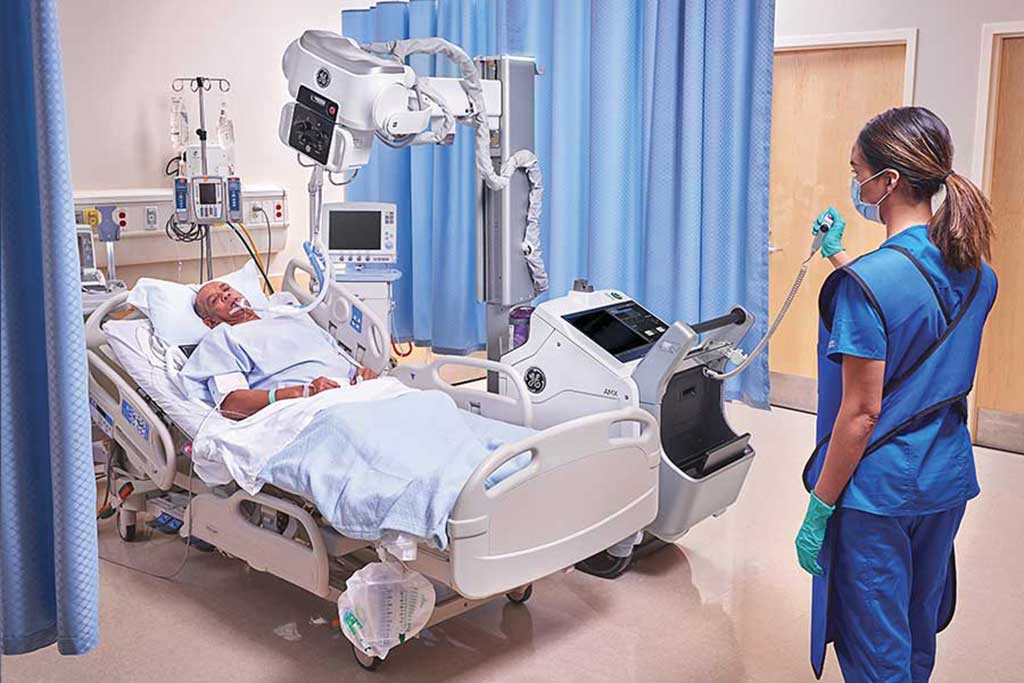

Whenever we discuss the healthcare system and patient care, the first thing that comes to mind is the nurses and doctors, but that’s not all. We often overlook the behind-the-scenes and at-the-bedside work of direct care workers—nursing assistants, home health aides, and personal care attendants—who are the foundation of patient support. They provide daily Care, comfort, and dignity to some of the most vulnerable populations. But that is not all; it is also about ensuring that they are committed to the company. High turnover, burnout, and staffing shortages persistently disrupt patient care and strain healthcare providers. That’s where direct care staffing agencies and forward-looking organizations like EmpowerCare step in, helping teams engage, support, and retain the direct care professionals who keep the system running. That’s why we are bringing this blog for you, so that we can understand how teams are engaging and retaining direct care workers.
Why do we need Direct Care workers?
Direct care professionals are often described as the “backbone of care.” Their responsibilities may include:
- Assisting with daily living tasks like bathing, dressing, and meals
- Monitoring patient conditions and reporting changes
- Offering emotional support and companionship
- Helping patients maintain independence at home or in care facilities
Direct care workers, despite their crucial role, often face unique challenges, including low pay, limited career growth, and emotionally demanding conditions. These challenges, combined with the demanding nature of their work, often result in high turnover rates. This type of Care makes the difference between comfort and neglect for patients. Yet, despite their importance, many direct care workers face unique challenges such as low pay, limited career growth, and emotionally demanding conditions. These challenges, coupled with the demanding nature of their work, often lead to high turnover rates.
High turnover rates in direct Care, which can reach 40–60% annually, significantly disrupt the continuity of care for patients. This not only increases the workload and stress for the remaining staff, leading to burnout, but also potentially compromises patient care. This is a crucial issue that requires attention.
Why Retention Equals Better Care
When teams engage and retain direct care workers, the benefits ripple outward:
- Patients enjoy consistent, compassionate Care.
- Providers save money and reduce disruptions related to turnover.
- Workers experience stability, growth, and a sense of purpose.
Retention isn’t just an HR issue—it’s a care quality issue. The health of patients depends directly on the health and stability of the workforce serving them.
The Retention Challenge
Now that we have understood their role in the industry, why retaining them is a big challenge, here’s why -
- Workloads increase: When staff leave, remaining employees face heavier demands, leading to burnout.
- Continuity of Care suffers When Patients rely on familiar caregivers who are not familiar with their needs.
- Costs rise: Recruiting, onboarding, and training replacements are expensive and time-consuming.
Now that we have understood the challenges, let’s examine the factors that can enhance engagement and retention.
Strategies Teams Are Using to Retain Direct Care Workers-
Professional Development Opportunities - Anyone who is working aims to grow in their role and always looks for workplaces that offer more development or growth opportunities. That’s why anyone can leave their current workplace because they are getting better growth opportunities elsewhere. So, if you provide them with the platform to grow within the organization, then they will not look for more opportunities.
Recognition and respect - Everyone deserves respect; therefore, simple gestures matter a lot. If you celebrate their achievements, the great effort they put in, and the exceptional contributions they have made to achieve greater patient satisfaction, then encourage and show them recognition. This way, employees feel valued, and they will be more loyal towards the organization they work for. Recognizing and respecting the efforts of direct care workers is a fundamental aspect of retaining them.
Competitive pay and benefits - As direct care workers, they play a crucial role in patient care. Therefore, the package they receive from the healthcare institution matters. If the pay and benefits offered are competitive enough, it will be difficult for them to leave the company. Teams that provide fair compensation, health insurance, and retirement benefits see higher retention rates. Bonuses and flexible schedules also make roles more sustainable.
Technology and Flexible Scheduling - Digital scheduling systems and telehealth tools provide workers with greater control over their shifts, thereby reducing administrative burdens. This flexibility is essential in balancing work and personal responsibilities.
Emotional and Mental Health Support - Caring for patients can be emotionally challenging. One cannot take for granted that they are just workers and that this duty will not harm their emotional or mental health support. Therefore, providing access to counselling, stress management workshops, and peer support groups helps reduce burnout.
How EmpowerCare Helps Healthcare Teams
At EmpowerCare, the mission is straightforward: connect healthcare providers with the right individuals while ensuring that those individuals feel supported and valued. Here’s how EmpowerCare adds value in the direct care staffing space:
Pre-Screened, Qualified Professionals
Every direct Care professional goes through a rigorous screening process to ensure clinical competence, reliability, and a strong commitment to patient care.
Tailored Direct Care Staffing Solutions
EmpowerCare works closely with healthcare teams to understand their unique staffing needs—whether it’s full-time CNAs, part-time home health aides, or temporary coverage for peak times.
Focus on Retention
Beyond filling roles, EmpowerCare invests in training, development, and support systems that help direct care workers feel motivated to stay in the long term.
EmpowerCare recognizes that healthcare workers are heroes. By advocating for fair wages, recognition, and opportunities for advancement, EmpowerCare strengthens the entire workforce ecosystem. The demand for direct care is expected to continue growing. According to projections, the U.S. will need millions of additional direct care workers over the next decade, driven by an ageing population and increased demand for home-based care.
Final Thought
Employee retention is a significant concern in every industry, including the healthcare industry, particularly for direct care workers who work tirelessly to deliver their best. However, if they are not happy or satisfied with their job, then how can they give their 100%? Direct care workers are more than employees—they’re the lifeblood of patient-centred care. Retaining them requires more than competitive pay; it requires respect, opportunity, and support. By partnering with direct care staffing agencies like EmpowerCare, healthcare teams gain access not just to workers but to strategies for long-term workforce stability. In doing so, they honour the dedication of these unsung heroes while ensuring patients receive the consistent care they deserve.
Looking to strengthen your team with committed, compassionate direct care professionals? EmpowerCare is here to help. From recruitment to retention strategies, we provide solutions tailored to your needs.









